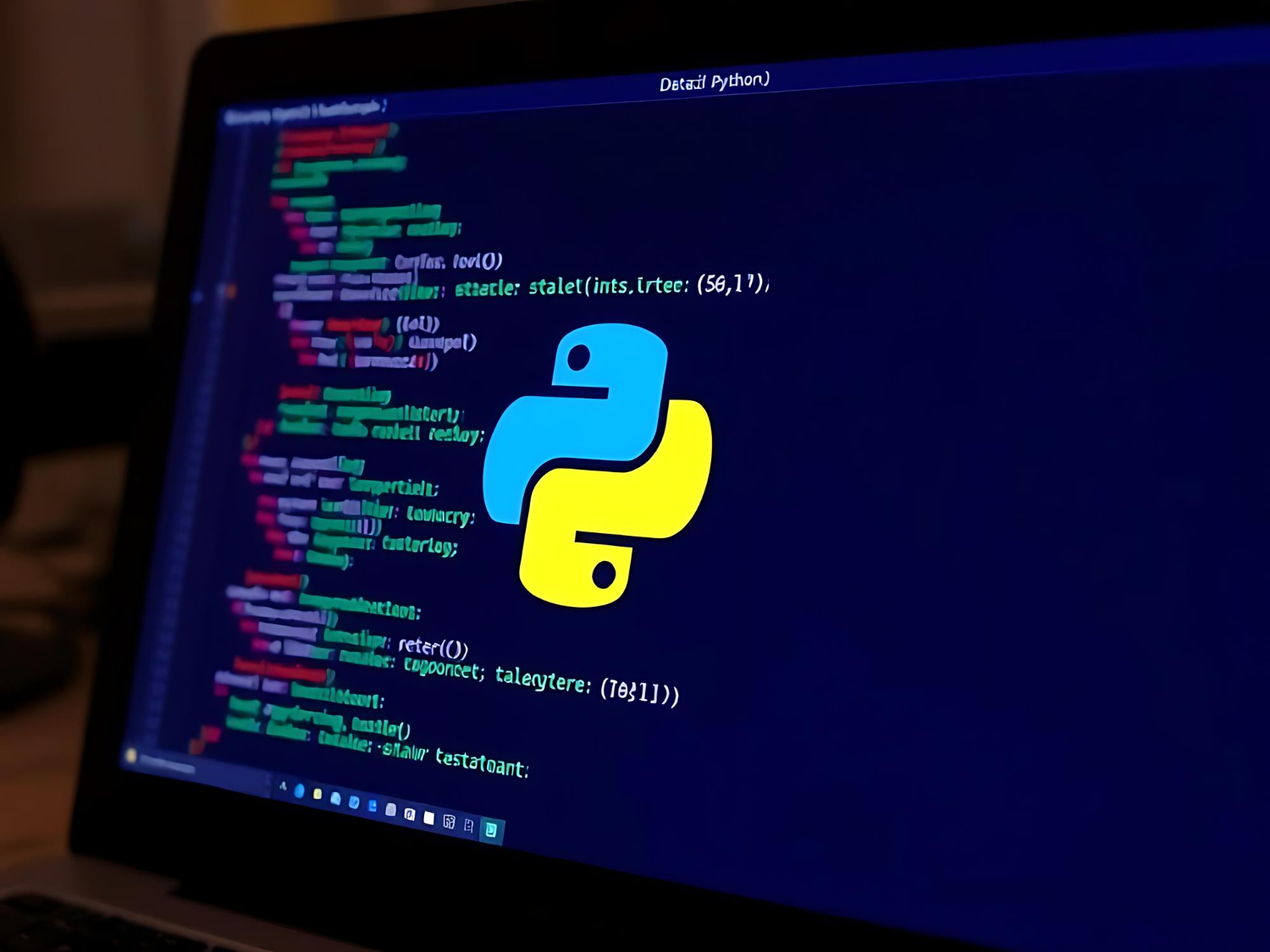business, strategy
September 26, 2025

If you’ve touched machine learning in the last decade, it probably means you’ve touched Python. Not because it’s trendy. Because it works. Fast prototyping, robust libraries, active community, seamless integration with production pipelines – Python for machine learning is simply the default. But why has this language become the backbone of ML workflows?
In machine learning, time-to-first-result matters. Whether you’re tuning models in a research lab or proving ROI in a boardroom, you need something that runs immediately – not after a week of setup.
Python for machine learning simply meets this criteria. Thanks to its simple syntax and extensive ecosystem, data scientists can go from dataset to model in hours. Compare that to languages like Java or C++, which are verbose, rigid, and slow to iterate with. Python wins hands down when experimentation speed is the priority.
Moreover, libraries like TensorFlow, PyTorch, or Scikit-learn don’t just support Python. They’re basically built for it, because Python is the native language of modern ML experimentation.
ML is a toolchain, which means you need solutions for preprocessing, visualization, model training, parameter tuning, deployment, monitoring, and so on. And guess what? Python has tools for all of these!
So, instead of reinventing the wheel, teams can plug into the ecosystem and build production-ready solutions without unnecessary custom code.
You should know that Python wasn’t designed for machine learning, it just happened to be ideal for it. Its readability means that your data scientist, backend engineer, and ML ops team can all understand and contribute to the same codebase.
This matters. In production ML, your biggest challenge isn’t just model accuracy; it’s maintainability, handoffs, and system design. Python’s shared syntax and cross-domain libraries (like Pandas in analytics, or FastAPI in deployment) create a rare alignment across roles.
In real teams, the language you choose isn’t just about performance. It’s about reducing friction. That’s why Python for machine learning is simply a strategic choice.
Native Python may not match C++ in raw performance, but most modern ML frameworks handle performance-critical tasks in optimized C/C++ or CUDA under the hood. Python just calls them.
With tools like:
Python code can scale with minimal refactor. And for edge or real-time inference, you can export models to ONNX or TensorRT, keeping Python in your training loop, but not in your latency-sensitive stack.
In the ML world, what’s cutting-edge today is table stakes tomorrow. Staying ahead means moving quickly, and Python’s open-source community makes that possible. It’s not just that Python has the tools – it’s that those tools are constantly improved, tested at scale, and shared openly. You get access to various pre-trained models, public notebooks with real-world benchmarks, and up-to-date libraries covering everything from transformers to diffusion models and reinforcement learning.
This ecosystem is just practical. Need to implement a paper from last month? Someone’s already turned it into a GitHub repo. Stuck debugging a weird edge case? Stack Overflow probably has the answer, with five different solutions and performance benchmarks.
That level of shared knowledge reduces development time, prevents reinventing the wheel, and helps teams focus on building what they want to build.
Python basically gives you leverage. And in machine learning, that can be the difference between shipping a prototype and deploying real value.
Modern ML doesn’t live in isolation: you’re pulling data from APIs, storing models in S3, deploying on Kubernetes, streaming from Kafka, logging to Datadog, etc.
Python has integrations for all of these. Whether you're building a model inside a Jupyter notebook or deploying via MLflow into a CI/CD pipeline, it’s one language end-to-end. That consistency lowers context-switching, reduces bugs, and speeds up iteration.
Probably not forever. But right now, it’s the most practical one.
Other languages have their moment – Rust for performance, Julia for scientific computing, or JavaScript for edge computing. But what about the teams building, training, deploying, and iterating on ML models? Python is the go-to language for machine learning because it strikes the right balance between flexibility and power, speed and structure, community and maturity. In a field that punishes waste and rewards speed, Python gives you leverage, both as an individual contributor and as a team. And in machine learning, leverage is everything.
You may also like: